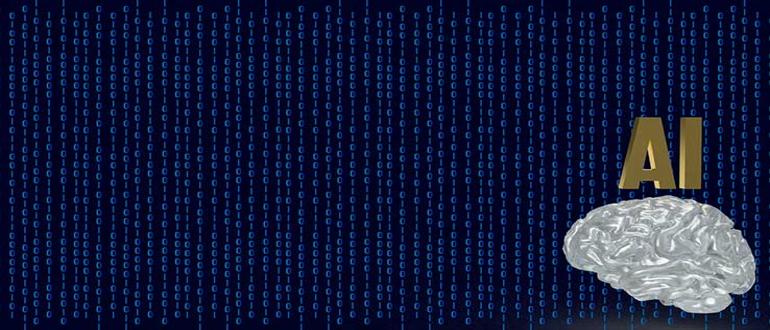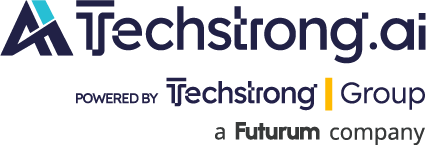
The conversation around artificial intelligence (AI) often gravitates toward extremes—either celebrating a future of unprecedented productivity or warning of existential threats to humanity. However, there’s a bigger real-world and immediate challenge organizations face as they deploy AI systems: It’s AI drift.
AI drift occurs when an AI-powered system suddenly shifts its behavior without explicit programming changes. Unlike conventional software bugs that can be systematically identified and fixed, AI behavioral changes often emerge subtly and unpredictably.
The primary culprit behind AI drift is often updates to the foundation learning models (e.g., large language models or LLMs) that power most enterprise AI applications. When providers like OpenAI, Anthropic or Microsoft update their models that underlie platforms like ServiceNow or SalesForce to enhance capabilities or patch vulnerabilities, these changes can unintentionally alter how your AI applications or business flows interpret and respond to inputs.
The Business Impact of Unexpected AI Behavior
Consider this scenario: Your company has implemented an AI-powered workflow that screens customer inquiries, drafts responses and routes cases to appropriate departments. The system functions flawlessly for months until, without warning, it begins miscategorizing routine requests as urgent escalations.
What happened? The LLM provider released an update that slightly altered how the model interprets specific phrases. A term that previously triggered standard processing now activates emergency protocols—all without a single line of your code changing.
This subtle behavioral shift creates a ripple effect throughout operations. Customer service levels deteriorate as resources become misallocated, while operational costs increase due to unnecessary escalations. Leadership begins to lose confidence in AI-driven processes, and compliance risks emerge if the system makes unauthorized decisions or recommendations without proper oversight. The damage extends beyond immediate operational concerns to erode the trust that’s essential for successful AI adoption.
The reality is that development teams have already accounted for the fact that identical prompts will deliver different answers—this is expected for nondeterministic systems like AI. However, these differences occur within a reasonable band or distribution of “normal.” But what happens after these systems are rolled into production and represent multiple decision points along a business workflow, and the LLM is updated by the AI provider?
Cascading Failures in AI Systems
The interconnected nature of modern AI workflows amplifies the risk of drift. When an AI agent misinterprets instructions at the beginning of a complex process, each subsequent step compounds the error. The system might extract inappropriate data elements from databases or documents, triggering incorrect follow-up actions based on this faulty information. This can lead to generating misleading outputs that appear authoritative but contain subtle errors. As the process continues, the AI makes increasingly flawed decisions based on earlier errors, creating a dangerous waterfall of deteriorating performance.
Remember what happened to Knight Capital in 2012, when a seemingly small software deployment error resulted in $440 million in losses in less than an hour? That incident didn’t involve AI—it was caused by a problematic software update the night before. Today, AI drift could trigger similar catastrophic consequences without any new code being deployed—the changes happen behind the scenes, outside of the organization’s awareness. And because the domino effect might be rooted in subtle linguistic or interpretive ambiguities from a nondeterministic AI model, identifying and resolving the issue could take significantly longer.
Building Safeguards Against AI Drift
Organizations implementing AI systems need comprehensive strategies to manage drift risks. Effective model version control policies should be implemented, establishing strict guidelines regarding which LLM versions power critical systems, with controlled update processes that prevent unexpected changes.
This should be paired with robust behavior monitoring systems that continuously sample and analyze AI outputs against expected benchmarks to detect subtle shifts before they impact business operations.
Response comparison tools are equally essential, as they can identify when identical inputs begin producing meaningfully different outputs—often the first sign of drift.
Organizations should maintain comprehensive logging with detailed records of prompts, responses and actions to establish audit trails and identify change patterns when issues arise. Regular simulation testing completes this protective framework by challenging AI systems with controlled inputs to verify consistent behavior over time and across different scenarios.
The Future of AI Governance
As AI becomes more deeply integrated into business operations, governance frameworks must evolve to address drift concerns. Organizations need policies that balance innovation with stability, clearly defining when and how foundation models can be updated in production environments. These policies should ensure proper oversight at appropriate leadership levels.
Comprehensive testing protocols must precede implementation of any changes, with clear criteria for success and failure that protect against unintended consequences. Finally, organizations need established procedures for how drift incidents should be documented and remediated when they occur, ensuring transparent reporting and continuous improvement.
Moving Forward With Controlled AI Implementation
The most pressing AI risk for organizations isn’t a science fiction scenario—it’s the Monday morning when your autonomous system suddenly behaves differently because an underlying model changed over the weekend.
By acknowledging AI drift as a business risk rather than merely a technicality, organizations can develop the monitoring tools, governance frameworks and response protocols needed to harness AI’s benefits while maintaining operational control.
Those who master this balance will gain significant advantages as AI continues its march into every business function. Those who neglect it may find themselves facing their own Knight Capital moment—when a seemingly minor technical change spirals into a major business disruption.

